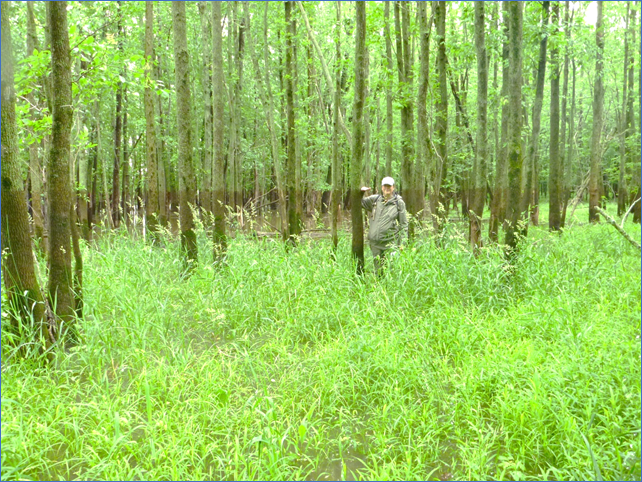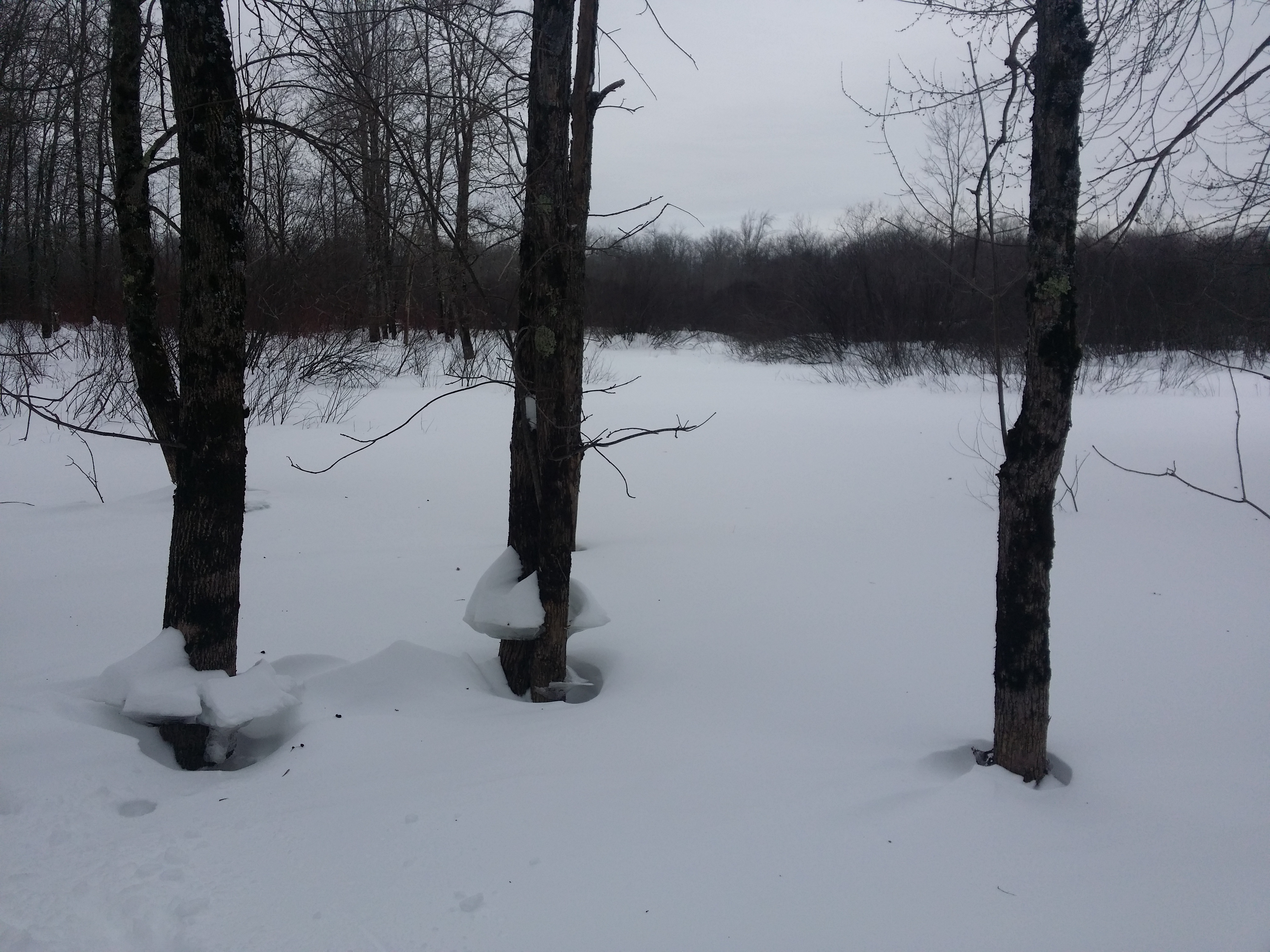PRESS RELEASE
For Immediate Release
Contact:
Laura Lapierre, Wetlands Program Manager
Department of Environmental Conservation
802-490-6177, Laura.Lapierre@vermont.gov
Montpelier, VT, December 27, 2022 – This holiday season, the Vermont Department of Environmental Conservation (DEC) is taking some time to reflect on the gifts that wetlands provide statewide. Marking where land and water meet, wetlands may be saturated or flooded by water year-round or for a few weeks of the year. Spanning over 300,000 acres, Vermont’s wetlands range from marshes and bogs to forested swamps.
“In 1990, the State adopted the Vermont Wetland Rules to protect wetlands and their irreplaceable functions and values,” said DEC Commissioner John Beling. “From supporting clean water and storing flood water to providing homes for wildlife, wetlands offer many benefits to the public.”
The Vermont Wetlands Program (VWP) within DEC implements the Vermont Wetland Rules through education, project review, and enforcement. With over 1000 projects to review each year, VWP identifies and protects wetlands and their benefits.
“One of the biggest success stories in Vermont wetland conservation is how the Otter Creek wetlands protected Middlebury from $1.8 million in flood damage during Tropical Storm Irene,” said Beling. “According to the 2016 study from the University of Vermont, the wetlands also save Middlebury up to $450,000 per year on average in flood damage, which is pretty remarkable.”
In 2011, Tropical Storm Irene damaged hundreds of roads, bridges, and culverts, contaminated drinking water systems, and flooded thousands of acres of farmland. In Rutland, historically high flows led to destructive flooding along the Otter Creek. Just 30 miles downstream, Middlebury saw less damage with wetlands and floodplains acting as sponges to absorb excess flood water.
“Despite their ecological, economic, and social values, we lost over a third of Vermont’s wetlands before the Vermont Wetland Rules were adopted. Recent wetland loss has been primarily due to development,” said Wetlands Program Manager Laura Lapierre. “It’s critical that Vermonters who are starting new projects near wetlands reach out to their State Wetlands Ecologist – whether the wetland is mapped or not.”
Landowners, farmers, realtors, non-profits, and towns can use the DEC’s Wetland Screening Tool to find out about wetlands on a property. To find out what state environmental permits may be needed for a new project, Vermonters can visit the online Permit Navigator tool.
For more information on wetlands and their functions and values, interested parties can view VWP’s resources. Members of the public can also find contact information for their State Wetlands Ecologist online. If Laura Lapierre is not available, contact Zapata Courage at 802-490-6179 or Zapata.Courage@vermont.gov.
###
The Department of Environmental Conservation is responsible for protecting Vermont's natural resources and safeguarding human health for the benefit of this and future generations. Visit dec.vermont.gov and follow the Department of Environmental Conservation on Facebook and Instagram.

State Wetlands Ecologist, Julie Follensbee, standing at the over 5 ft tall high-water mark on a tree within the floodplain wetlands of Otter Creek in spring.

Floodwaters can occur during winter as shown by the ice rings still attached to the trees showing the high-water mark in the floodplain wetlands of Otter Creek.
